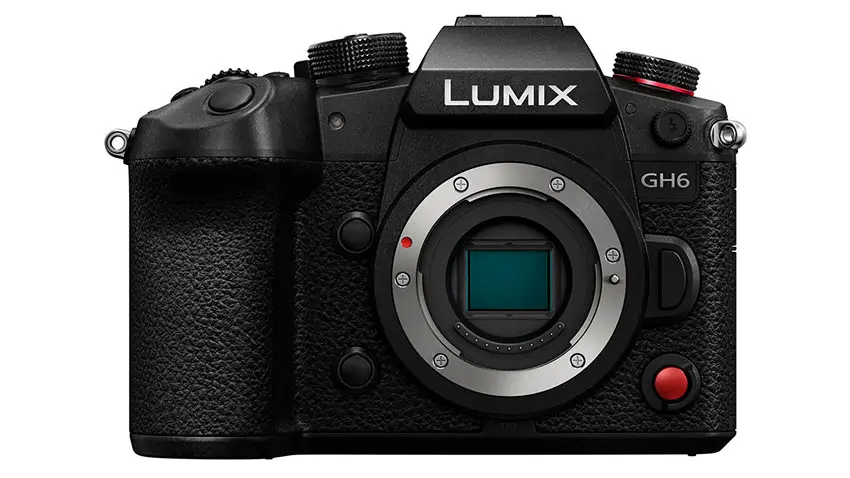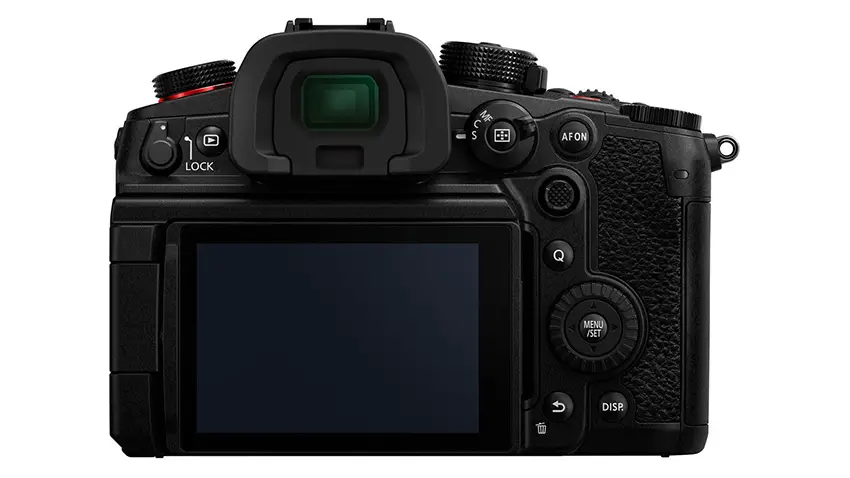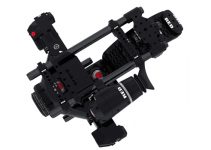Something that came and went without too much focus was the Panasonic Lumix GH6. It took a while before it started shipping after the initial reveal and it happened in the midst of one of the busiest release schedules for mirrorless cameras we have had in a long while. The GH6 is still a great-looking camera.
Dom from LensProToGo is getting around to testing the GH6. This video remains focused on ISO performance and exposure recovery – using both the Flat and V-Log profiles. With a smaller Four Thirds sensor, this is always a much-studied area, especially with full-frame systems on the rise.
Before we get started he wants to talk about the Dynamic Range Boost setting. It leverages the sensor’s dual gain architecture and uses both circuits to capture as much dynamic range as possible. It will limit your ISO range and provide you a different base ISO setting.
Flat Profile ISO Test
Working in the flat profile with 10-bit All-I recording in 4K at 24p he runs through the ISO ranges started with the Low Value of 64. You have to get to ISO 100 to get to the first true ISO setting and all of the ones shown so far it looks great.
Even up to ISO 800 (the base ISO for the boost setting) it remains very clean. At 1600 it starts to show noise but it really isn’t until 3200 that you can start seeing it across the entire frame. Around 6400 is when it might start to become a problem depending on your requirements.
At 8000 you are getting some grit but it isn’t too bad. However, when you break 10,000 the colors start to break and it only gets worse when you hit the top end at 12,800.

Image Credit: Panasonic
V-Log ISO Test
Working in V-Log he exposed around 1.3 stops over as is procedure to get a clean final image. The low values start at 125 here and the first real value is ISO 250. These all look very good.
This looks great for the next few settings as well.
Getting to ISO 1600 you’ll start to barely pick up the noise when zoomed in. ISO 3200 is where you might start getting the noise to show. At 5000 it still looks okay with some more noise but it isn’t until 6400 where it starts to blanket the scene.
ISO 10,000 things are looking a touch better than the flat profile. IT is starting to turn in chroma noise.
At the top of 12,800 it is looking okay and still seems within the realm of noise reduction tools.
Exposure Recovery Test
Moving back to the flat profile for the initial exposure recovery tests he started underexposing and then recovering.
With just 1 stop under things look near perfect. Two stops required a little tweaking and three stops needing a bit more correction. Four stops is where it starts losing some information and showing a bit of noise and color shifting. Five stops is surprisingly good considering but it isn’t good.
Overexposure in the flat profile falls off quick. One stop over is fine but there is a loss of data at just 2 stops. Three stops has severe information loss and it only gets worse.

Image Credit: Panasonic
Doing the same tests in V-Log he uses a level exposure in camera. One stop is totally fine and two stops is very, very close. Three stops under is okay though you can tell there is some loss of quality in the shadows. Four stops is getting some bad noise and artifact in. Five stops is bad.
Getting into overexposure you will see a huge benefit in log. One stop is perfect and looks better than the “correct” image. Two stops is also amazing. Three stops is great too, though some slight color shift.
At four stops, there is the beginnings of information loss in the hot spots. And, at five stops you are starting to lose a more noticeable bit.
It is impressive how the GH series has evolved over the years. This level of image quality from a Four Thirds sensor is impressive.
Are you a fan of the GH6?
[source: LensProToGo]
Order Links:
Disclaimer: As an Amazon Associate partner and participant in B&H and Adorama Affiliate programmes, we earn a small comission from each purchase made through the affiliate links listed above at no additional cost to you.




